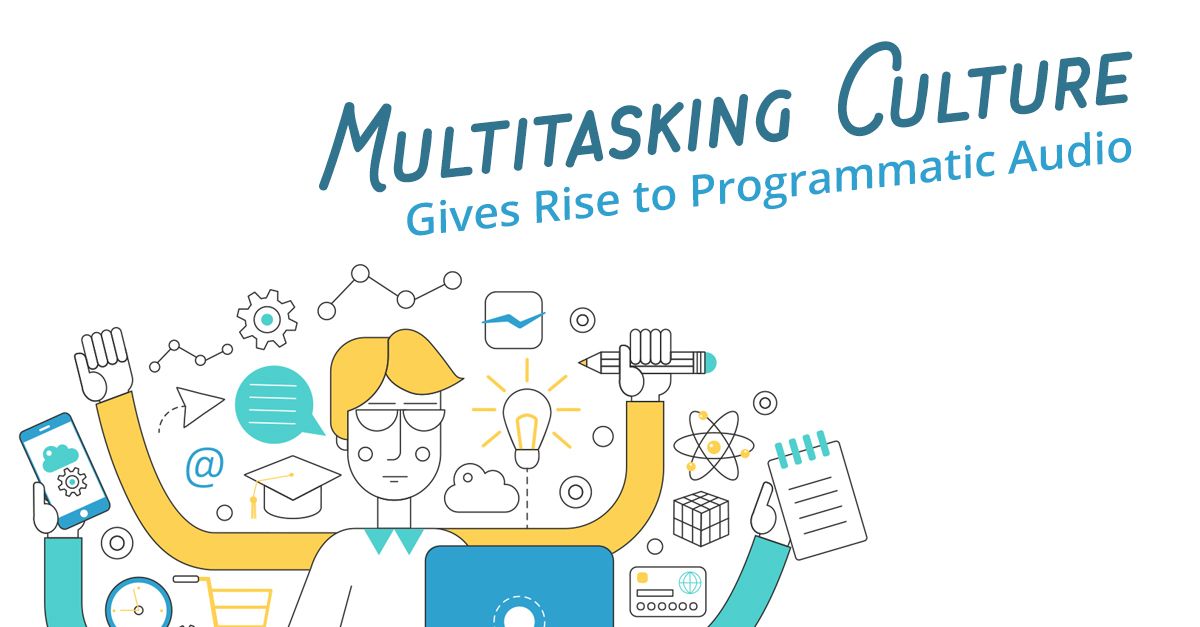
Customers respond in a positive fashion when they feel special and important to the brand. In this quest for personalization, marketers are faced with a myriad of marketing technology choices. And while there is a wide selection of tools available for improving customer interactions, there is one essential ingredient to achieve personalization – one underlying tool in the toolbox that can act as a force multiplier across all personalization efforts – unified customer data.
In this digital environment, gathering data on your customers should be easy; what with all the digital breadcrumbs they leave behind, as well as the signals of intent they are putting out there. But to harness this knowledge, it must be a coordinated effort and the customer data must be unified.
The data is not always simple to interpret; especially when there is so much of it. Too much data must be filtered through to gain a true picture of what your customers need. It doesn’t matter how much data you gather if you can’t dig deep to find their insights. And what does it take to mine this data correctly? The answer is, smart data analysis and the right equipment to pull it off.
As marketers, it’s imperative to know your customers and build their trust in you. If your customer data isn’t unified, you can’t accomplish that. Here are three steps you can take in order to unify your data:

First: Join and Consolidate Customer Data
In order to become successful in the competitive world of advertising, marketers must figure out how to break down the barriers between departments, channels and teams in order to compress the data and get a realistic view of the customer. Think of it like a dressing room mirror. It’s difficult to see all sides of your reflection if there is only one mirror. It’s important to see yourself from different angles, just like it’s important to see your customers from different behaviors. By consolidating and unifying this gathered data, you’ll learn more about your customers and their needs, so that you can be there for them in the critical moments.

Second: Analyze the Customer’s Path to Conversion
Once you have the data around the customer, it must be measured and analyzed along the entire path to conversion. You must have a tool that allows you to analyze the various steps the customer took on his or her purchase journey. At Genius Monkey, we do this using our proprietary tracking attribution software to determine how each customer got to the conversion point, and how we can guide others in the same manner. You also need to have attribution to determine how the different medias work with one another and to determine which channels have the most impact.

Third: Make an Imprint on the Customer’s Mind
Shopping has a whole new flavor now than it did twenty years ago. With the growth of mobile, shoppers are no longer in the dark about whether or not a product is successful and well loved, or what kind of a reputation an establishment has. Research has become second nature, if not required, to most mobile users. What will pull these users into your store over and over again is to always be there for them in the critical moments.
One would think that the laggards would wake up and realize the importance of unifying data, as without doing so they cannot gain richer customer insights, they will lack the ability to track each customer journey, or create engaging experiences for the customer. These businesses risk losing to the competition, and risk suffering from a shrinking bottom line.



